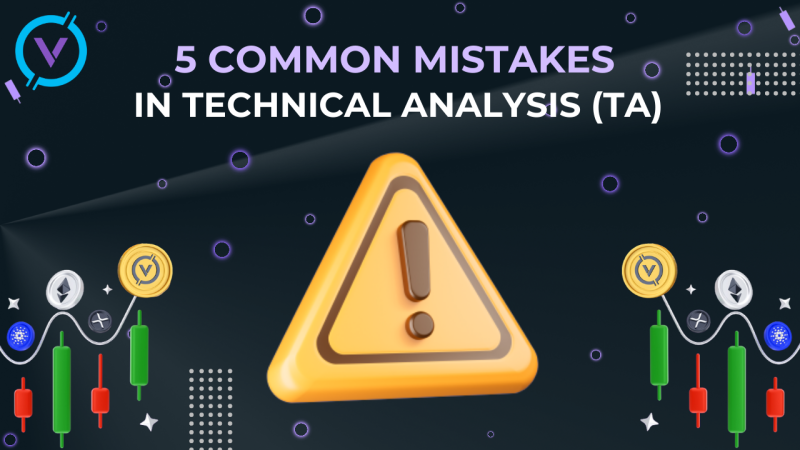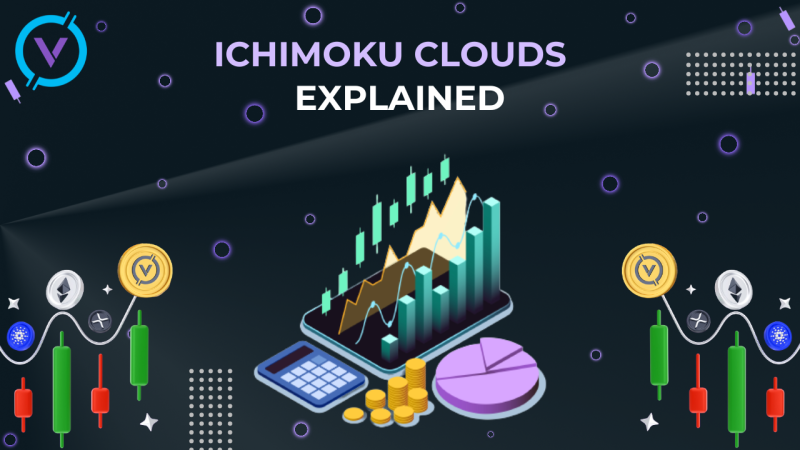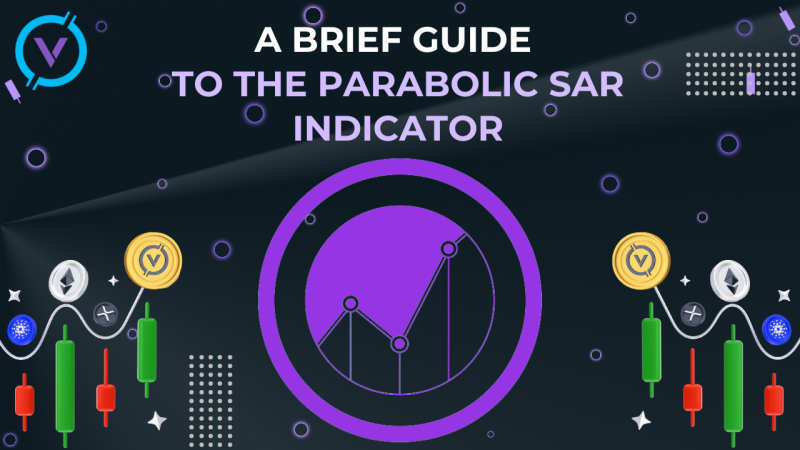As the cryptocurrency industry is getting developed, more and more financial processes and tools are being adopted.
Options are contracts that provide for the option buyer's right to buy or sell the underlying asset during a specified period and at a certain price.
It is important here that the buyer receives exactly the right, not the obligation — this is the key difference between an option and future.
Speaking about the world of cryptocurrency, the principle is the same here. Crypto options give the right to buy or sell the underlying cryptocurrency at a set price at the time of expiration of the contract or earlier after the purchase of the premium. Option traders use them to make a profit when an asset moves in the right direction, and investors use them to hedge.
The cryptocurrency market is highly volatile, so many investors prefer to trade crypto options. Currently, the most popular crypto options are Bitcoin and Ethereum options.
What are call and put options?
There are two types of options: for the right to buy an asset — "call" and for the right to sell an asset — "put".
- Call option — allows the option buyer to receive income from the increase in the price of the underlying asset.
- Put option — allows the buyer to receive income from a reduction in the price of the underlying asset.
For example, a stock costs $20,000. The buyer offers to conclude a deal with the seller: "I pay you $ 2,000 now, and a month later I buy a share from you for 20,000. If the seller agrees, the transaction becomes a purchase option or a call option.
Let's imagine that in a month this promotion costs 23,000. The buyer can exercise his right and get $ 1000 profit. If the stock drops in price, he may refuse to buy it and will lose $ 2000 invested in the option, and the seller will compensate himself in this way for the drawdown in the value of the stock.
There is also a sell option. It is called a put option. This is when the owner of the stock tells the buyer: "Let me pay you $2,000 now, but in a month you will buy a share from me for $20,000 if I want." If the stock falls below $18,000 during this time, it will be beneficial for the seller to exercise his right.
Option contracts involve the participation of two parties:
- trader;
- exchange.
The options seller places an order for a contract on the crypto exchange indicating the expiration date and the strike price. Then the exchange selects a buyer.
To ensure fairness, the premium value is determined by the amount of time until the expiration of the contract, the volatility of the underlying asset, the market price of the underlying asset and interest rates.
Option Premium
The premium is the option price. It is a monetary reward that the option buyer pays to the seller for the right to buy (sell) the underlying asset in the future. It includes the risks of unfavorable price changes for the seller.
Option premium is a simple and completely non-refundable payment by the option buyer to the option seller for the rights transferred by the option. The premium contains two main elements: the intrinsic value and the time value.
Options Greeks
As you have already understood, when trading options, we make transactions with the possibility of making a deal in the future. At the same time, it can be quite difficult to estimate how much this opportunity should cost at the current moment, and it is even more difficult to predict the change in cost. The option price is determined by a number of factors: the price of the underlying asset, volatility, the number of days before the expiration of the option and the interest rate. There are special dependencies that help to understand how much an option will cost if any of these parameters are changed. Quantify these dependencies with the following letters of the Greek alphabet (Greeks).
- Delta – the effect of changes in the value of the underlying asset on the option price.
- Gamma – the rate of delta change when the price of the underlying asset changes (used extremely rarely).
- Vegas (Vega) – the effect of changes in volatility on the value of the option.
- Theta (Theta), or time decay, characterizes the change in the option premium for one day.
Option Greeks help predict both the price change of a single option and a complex option position.
Common use cases
1. Hedging
The main purpose of options is insurance (or hedging) against adverse scenarios in the financial market. Sellers of this financial instrument pursue one goal — to make money on its implementation. To do this, they set (or calculate according to a certain formula) a fair premium on the option.
Unlike futures hedging, which only balances the balance of risks, options hedging can bring a trader profit.
2. Strategies
An option strategy is a combination of options of different parameters, each of which can be sold or bought depending on the strategy itself. The combination of options is selected by the investor specifically for their goals.
The most trivial option strategy is the usual purchase or sale of one option.
Different options trading strategies are based on different combinations of calls and puts. Protective put, covered call, straddle and strangle are just some popular examples of strategies.
- Bull Put Spread
This strategy is often used in options trading. As the name implies, it is used when a trader or speculator expects an increase in the price of the underlying asset. The goal of the strategy is to sell an option with a higher strike price and buy an option with a lower strike price. And although it has relatively low risks, they still exist. Potential losses will be equal to the difference between the execution prices and the loan.
- Bear Put Spread
This is the reverse strategy of a bullish put spread. If the investor expects a moderate development of the bear market, then he uses a bearish put spread strategy, since it reduces costs and risk, while at the same time providing an opportunity to make a profit.
To implement this strategy, you need to simultaneously buy a put option to buy and a put option to sell with a lower strike price. Both contracts must relate to the same asset and have the same expiration date.
- Protective put
A protective put is a risk management strategy using option contracts that investors use to protect against loss of ownership of stocks or assets. The hedging strategy assumes that the investor buys a put option for a certain fee, called a premium.
- Covered Call
Covered Call is an investment strategy in which an investor sells (issues) a call option on assets that he owns or that will be acquired simultaneously with the sale of the option.
This strategy reduces the risk of owning assets, since the fall in the value of assets is partially offset by the premium received from the sale of the option. At the same time, the covered call also limits the possible income, since if the asset price exceeds the one specified in the option, the investor will be forced to sell the assets at the price fixed in the option.
- Straddle
This is a very important strategy for the merchants of the portage. A straddle is a combination of a simultaneously bought (or simultaneously sold) put option and a call option with one strike and the same time to maturity. The straddle can be long, short, or alternative. Here the trader is betting on volatility.
- Strangle
Strangle is an option strategy consisting of simultaneously bought (or simultaneously sold) put options with one strike and a call option with a higher strike.

Options trading has a number of significant advantages that allow a trader to get a good income:
- The option does not work with price, but with volatility, that is, with the trends of price variability.
- It is not necessary to purchase an asset, you can receive a fixed income using the premium received.
- Options can insure the invested investments.
- Working with options does not involve a detailed study of the market to make accurate forecasts. It is enough to predict the direction of the price change for a certain period.
Disadvantages of options:
- Options are difficult to handle and require deep knowledge from the investor.
- The sensitivity of options to time leads to the fact that most contracts remain unfulfilled.
- The main problem when trading with options is precisely that they have an expiration date. And if the asset price does not change during the term of the option, the investor will not receive anything, his premium will be zero.
But speaking about the crypto market, cryptocurrencies are a relatively new space, into which complex financial instruments based on blockchain technology have only recently begun to integrate.
Options trading is gaining popularity in the ecosystem. Given the high profitability and calculated risk, we recommend considering the possibility of using crypto options to diversify the portfolio.


